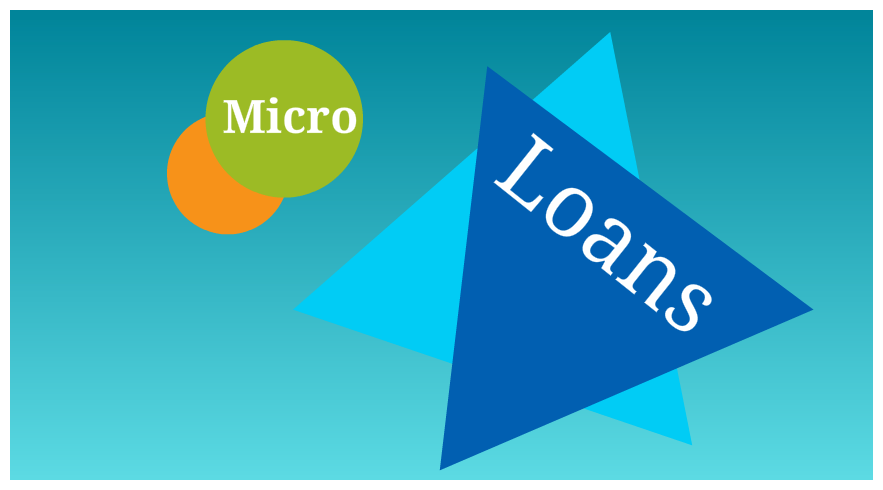While there are definitely different interpretations of what a micro loan is, in the most basic terms, it is a loan of a smaller amount of money typically used to help you develop your small business . Micro loans are changing how small businesses fund their growth and continued success. Micro loans also promote stronger communities and local economies through supporting families and creating jobs.
In banking terms, micro loans are very small loans ranging from $500 to $100,000. Generally, many banks stopped dealing with micro loans since they have not been profitable for them. However, fintech have come up with innovative ways to help small businesses fund their growth while making a profit by providing these smaller amounts of loans. There are various ways in which fintech is influencing the loan industry.
The main disruptive factor that has driven the fintech surge in the loan industry is its ability to offer high quality service effectively and efficiently at a lower scale. In short term loan industry, some fintech companies provide customers with apps, where customers can apply for a fast loan straight away and get cash instantly. For instance, the Kabbage application brings fast and easy way to get funds to grow your business. The fintech company can provide up to $100,000 in as little as seven minutes via mobile phone.
Small businesses nowadays have access to unsecured loans, thanks to fintech. Traditionally, for small businesses to get a loan from a bank, they were required to put up collateral. A lot of small businesses have a constant cash flow but no tangible collateral. Since fintech lenders do not ask for collateral, many small businesses are now able to access loans.
In addition, fintech companies require looser lending requirements because unlike the banks, they don’t rely on highly regulated depositor money. Their funds come from institutional and retail investors who are willing to assume very high financing risks. They either get their funds from institutional investors such as venture capitalists, private equity funds or hedge funds, or they pool the small investors’ investments through a marketplace lending platform.
Traditionally, small businesses were ineligible for bank lending due to history or an inadequate credit score. Today, fintech has come up with innovative credit scoring models which extend borrowing opportunities to more businesses and people. They rely greatly on non-traditional data points like a rating of business on Yelp and how the business interacts with its LinkedIn network. When a bank relies on human decision-making in giving a loan, fintech lenders use semi-automatic risk assessment methods. The methods give credibility to many useful factors that well show a business’ likelihood of repaying the loan.
Finally, fintech offers lower borrowing rates. Unlike banks, fintech do not need physical branches and many experienced staff to serve customers who walk in. Therefore, fintech provides more competitive rates to borrowers. Lower operation costs can be attributed to the absence of regulatory obligations, capital requirements, and compliance, which are required of banks.
Although fintech firms have not displaced the traditional banks in loan industry, they have disrupted the industry in a way that is enhancing the borrowing experience. By introducing new efficiencies, fintech companies have been able to significantly reduce cost while improving the quality of services. Fintech innovations in collecting data and analytics have brought new ways for assessing risks.



















































